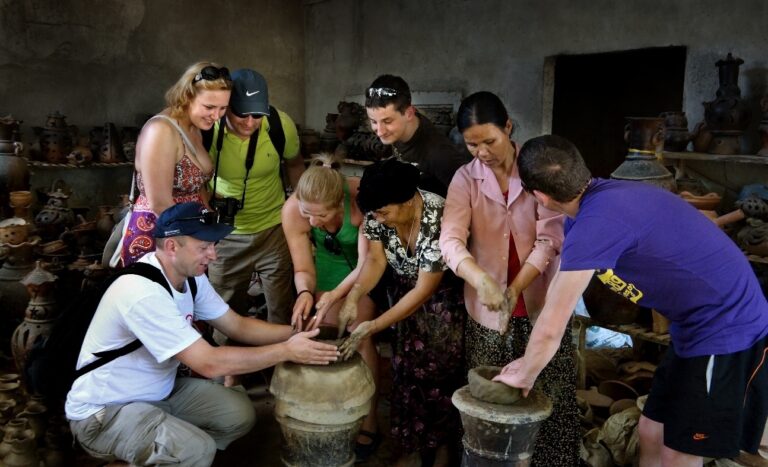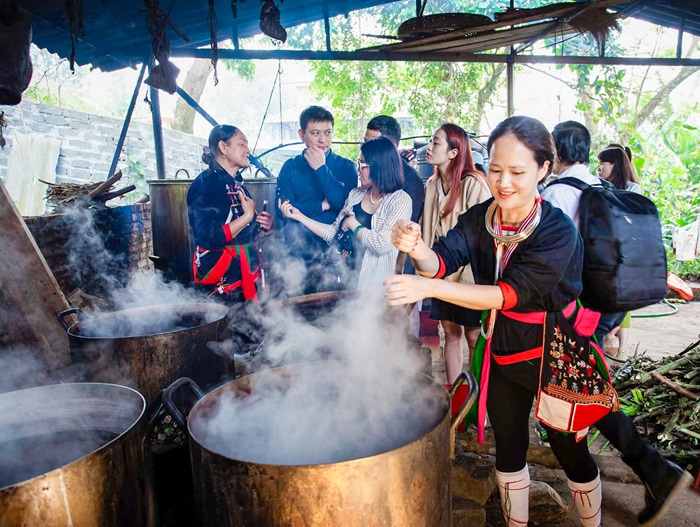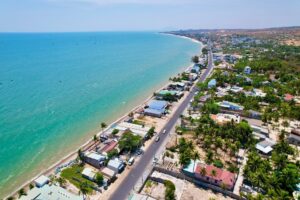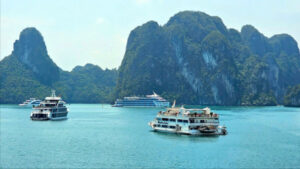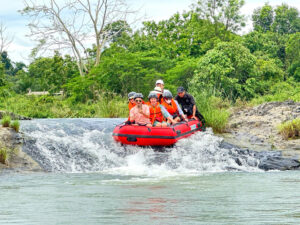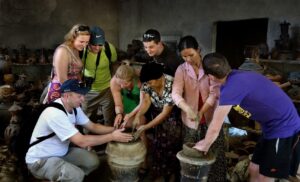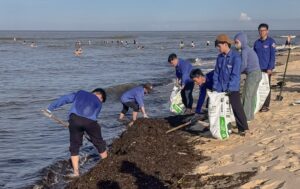On November 27, People’s Committee of Ho Chi Minh City and The Vietnam Man and Biosphere National Committee held a national workshop to evaluate the situations and archievements of Can Gio Mangrove Forest after being recoginized as World Mangrove Biosphere Reserve (CGMBR) 10 years ago.
In the war period from 1964 to 1970, many typical species were destroyed by thousands of tons of bombs and millions of liters of dioxin except for mangroves that have been reborn and spread again.
After the liberation, HCMC leaders decided to rehabilitate the ecosystem of CGMBR with the main targets: recovering green and eco-protection function and improving the climate for the city. International experts said that it would take at least half a century for Vietnam to recover mangroves but thanks to the right policies of HCMC’s leaders along with the appropriate technical solutions of the specialized angencies and the efforts of local people, after 10 years (from 1987 to 1998), CGMBR has become a “green lung”. In 1998, the area of CGMRB was 22,579.4 ha with mangroves. Many wildlife species also appeared in the forest like monkey, otter, python, wild boar, crocodiles, varan, birds ...
With the dramatical improvement in a short time, CGMRB was recognized as “National environment protection forest” by the Government. In January 2000, UNESCO recognized CGMRB as a World Mangrove Biosphere Reserve, which is a national pride of Vietnam.
Many other Biosphere Reserve have studied the success of the first Biosphere Reserve in Vietnam such as Cat Tien, Red River Delta, Cat Ba, Kien Giang, Western Nghe An, Cham Island - Hoi An and Mui Ca Mau. After UNESCO’s recgonition, CGMRB is still maintained an area of 75,740 ha, of which there exists over 33,000 ha with protected mangrove forest.
The mangrove is supporting nesting, nursering and feeding areas for juveniles of aquatic organisms and endangered birds and mammals. There are 182 species of vascular plants, including 37 species of mangrove; nine species of amphibians, 31 reptiles, 19 mammals and 145 species of birds. Especially, there are two plant species and 13 animal species listed in Vietnam's Red Book.
Till now, CGMBR not only provides eco-services including minimizing climate change’s consequences, sea level rising but also bring economic value to the city.
According to HCMC Department of Agrculture and Rural Development, the total economic value of the Biosphere Reserve both in ecological and social angles has been growing gradually and sustainably. In 1999, the total value was nearly VND 3,000 billion, in 2005 was VND 6,500 billion ...
The biggest challenge for CGMBR is how to keep the ecosystem safe from nature’s impacts, including global warming, rain shortage, saltwater intrusion, flood tide and sea level rising, diseases ...
The second challenge is the pressure of economic growth on the infrastructure expansion, service development, while preservation efficiency and liability are still weak.
The doctor said that we must have a scientific research on conservation in order to maintain the sustainability brought by the Mangrove’s ecosystem. Besides, the CGMBR should be developed with environment-friendly economic programs and policy on pay-on-use ecosystem services.
On tourism aspect, CGMBR has a huge tourism potential that should be soon applied with world class eco-tourism model. Along with that, HCMC should make CGMBR a unique brand, said Pham Sanh Chau, Secretary General of Viet Nam National Commission for UNESCO.
Translated by My Hanh - TITC


